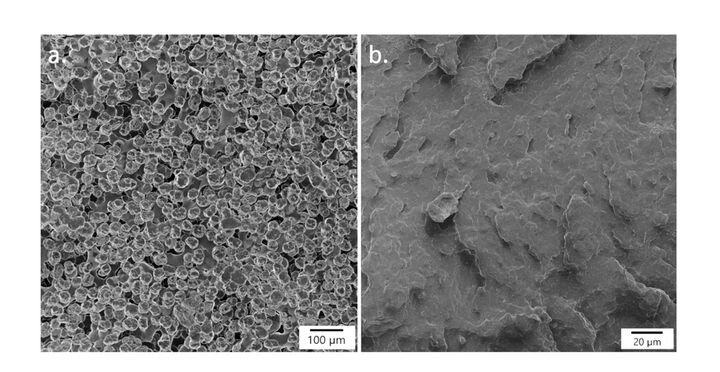![3D printed chemical filters [Source: University of Jyväskylä]](https://fabbaloo.com/wp-content/uploads/2020/05/3dp-chemical-filters_img_5eb08c400a49e.jpg)
Researchers at the University of Jyväskylä have developed a very interesting application for 3D printing: chemically active 3D prints.
This is an application I had not realized was possible: to 3D print chemically active objects. It seems this will no doubt be a powerful tool for the future, but as of now it is only research.
How is this done? It is actually a rather simple process, although the details need to be handled by expert chemists. Basically the 3D print material is mixed with an additive that provides some type of desired chemical reaction.
What additives can be used? Nearly any chemical can be added, so long as its melting point is less than that of the surrounding polymer, and that its dimensions are less than the required resolution of the 3D print job. In this way the reactive chemicals remain in the print.
Here’s an image of the entire process proposed by the researchers:
![Chemically functional 3D printing activity flowchart [Source: University of Jyväskylä]](https://fabbaloo.com/wp-content/uploads/2020/05/3dp-chemical-filters-process_img_5eb08c404cbf1.jpg)
Chemically Functional SLS 3D Printing
The researchers investigated the benefits of different 3D printing processes for chemical benefit, but found that the SLS process by far offered the most opportunities. This is because the objects produced by the SLS process — which involve selective sintering of a thermoplastic powder — are usually quite porous.
Porosity is of extreme benefit for chemical applications, as the pores offer far more material surface to be exposed during, for example, filtering operations.
![3D printed SLS surfaces using different print parameters [Source: University of Jyväskylä]](https://fabbaloo.com/wp-content/uploads/2020/05/3dp-chemical-filters-print-parameters_img_5eb08c408db69.jpg)
The researchers experimented with a variety of 3D print parameters to obtain the optimum configuration. This is one that produces the highest porosity. It’s a bit ironic, in that most traditional 3D print applications do not want porosity, and instead focus on the strength of solid objects. Chemically active 3D printing seeks the opposite!
3D Printed Metal Scavenger Filters
One of the applications sought by the researchers was the ability to scour waste in order to recover metals efficiently. Typically the costs of recovering metals are prohibitive and no recovery takes place. In the few instances where this occurs, typically only a single metal is recovered and the rest discarded.
The researchers designed a series of filters that use this technique to extract metals from waste. Their experiments first involved reducing trashed PC boards to a liquid, which was then sent through SLS 3D printed filters.
Their results showed the approach to be surprisingly effective. They were able to develop filters for very specific metals and successfully extract the desired metal with very little else.
However, it’s not that they would be able to pull, say, gold dust, from the filter. Instead they would produce something like tetrachloroaurate, an acid that is a precursors for gold metals. This would later be transformed into gold using standard chemical techniques. They explain their results:
“All in all, PA12 was found to be highly efficient in separating tetrachloroaurate from extremely challenging media containing high concentrations of competing cations and anions.”
3D Printed Recycling Filters
It seems they have found perhaps a new niche for 3D printed applications. I’m interested to know if this technology could eventually be applied to recycling centers, where waste would be liquified and sent through a long sequence of filters to extract all manner of useful raw materials for reuse.

